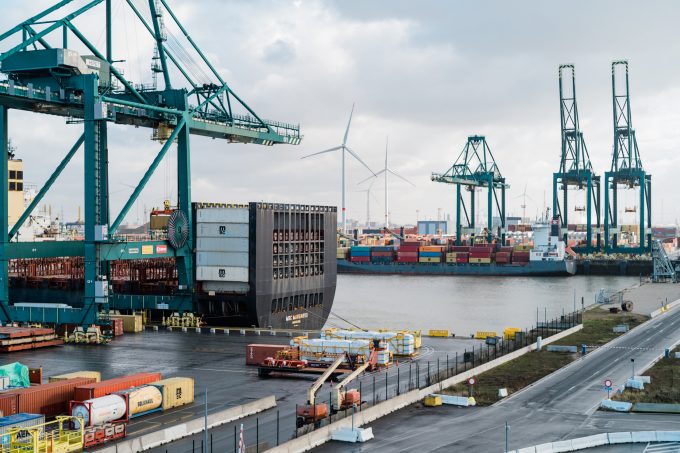Rates reflect strong demand bounce and call for more ocean capacity
Despite generally weak cargo demand, spot rates on the Asia-Europe trades continued to show gains ...

Antwerp is positioning itself to be the UK’s gateway to Europe.
Unaccompanied container volumes have increased considerably over the past year, despite markets being depressed, and the expectation is that this trend will continue next year, Port of Antwerp international development manager Wim Dillen told The Loadstar in an interview.
With the recent news that ferries are increasing their accompanied capacity with additional sailings and chartered-in vessels, container traffic has increased, and Dillen believes this is a shift between the two modes, ...
MSC Elsa 3 sinking – now the 'blame game' begins
After DSV 'cuts the cake' on Schenker acquisition, time for redundancies?
Congestion fear as US west coast ports brace for transpacific cargo surge
Bad news for shippers as wave of transpacific rate increases continues
Houthis claim Red Sea safe for box ships not calling at port of Haifa
Shippers hold their breath as Trump appeals court ruling that tariffs are illegal
No deals with carriers, say Houthis – Red Sea safe for non Israel-affiliated ships
Schenker's Shirley Sharma Paterson moves to K+N as global head of sales

Comment on this article